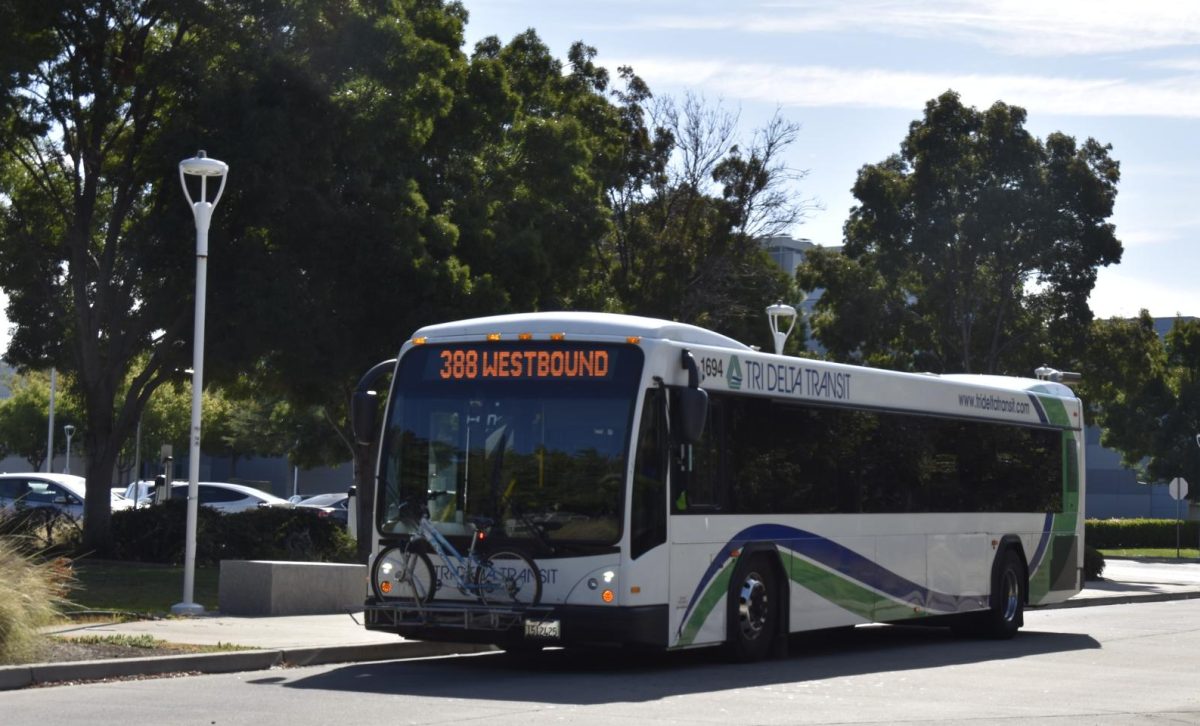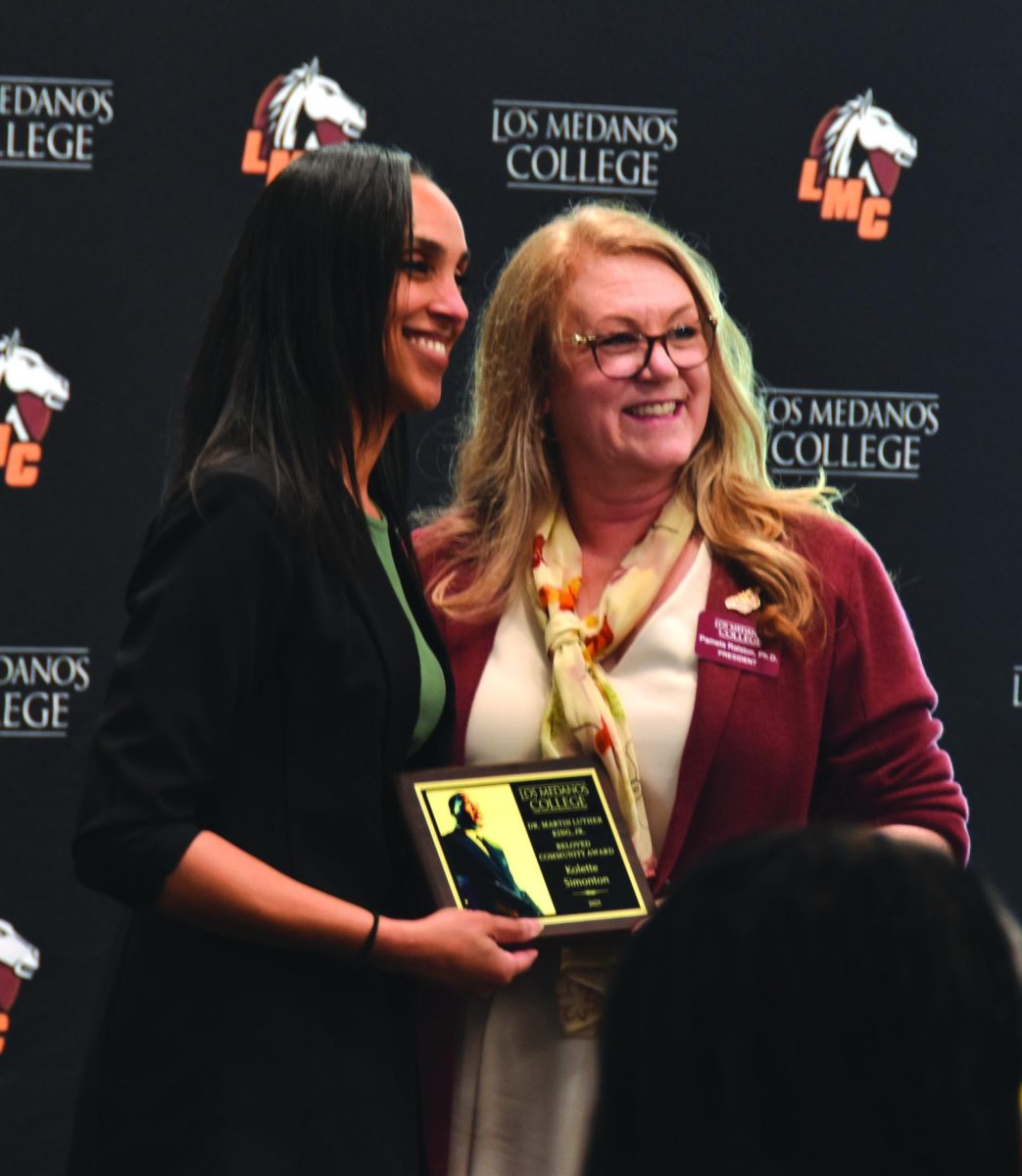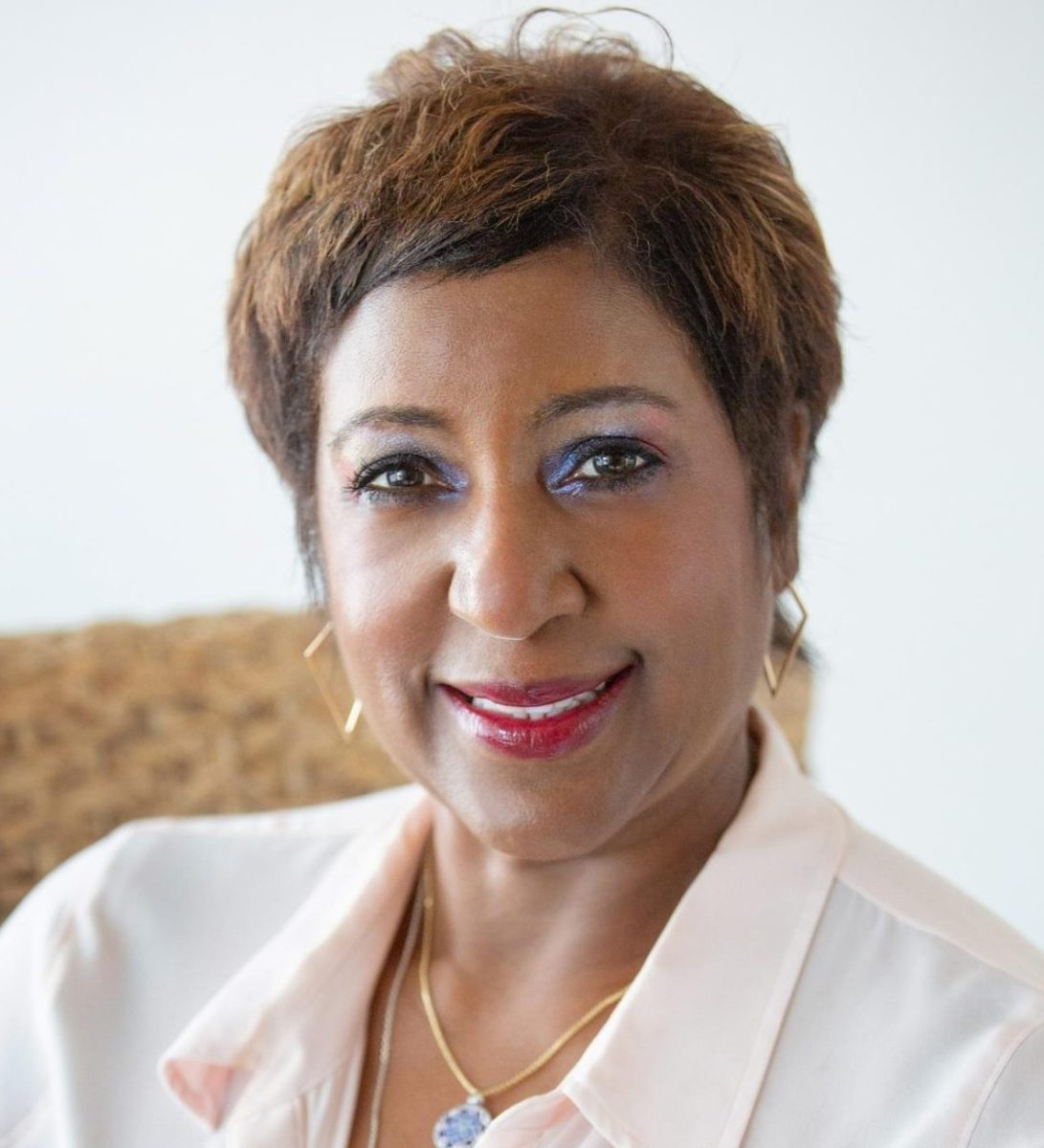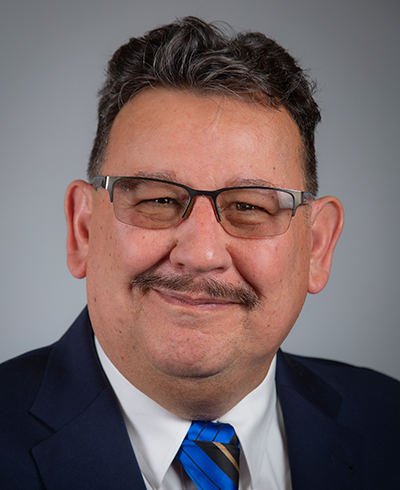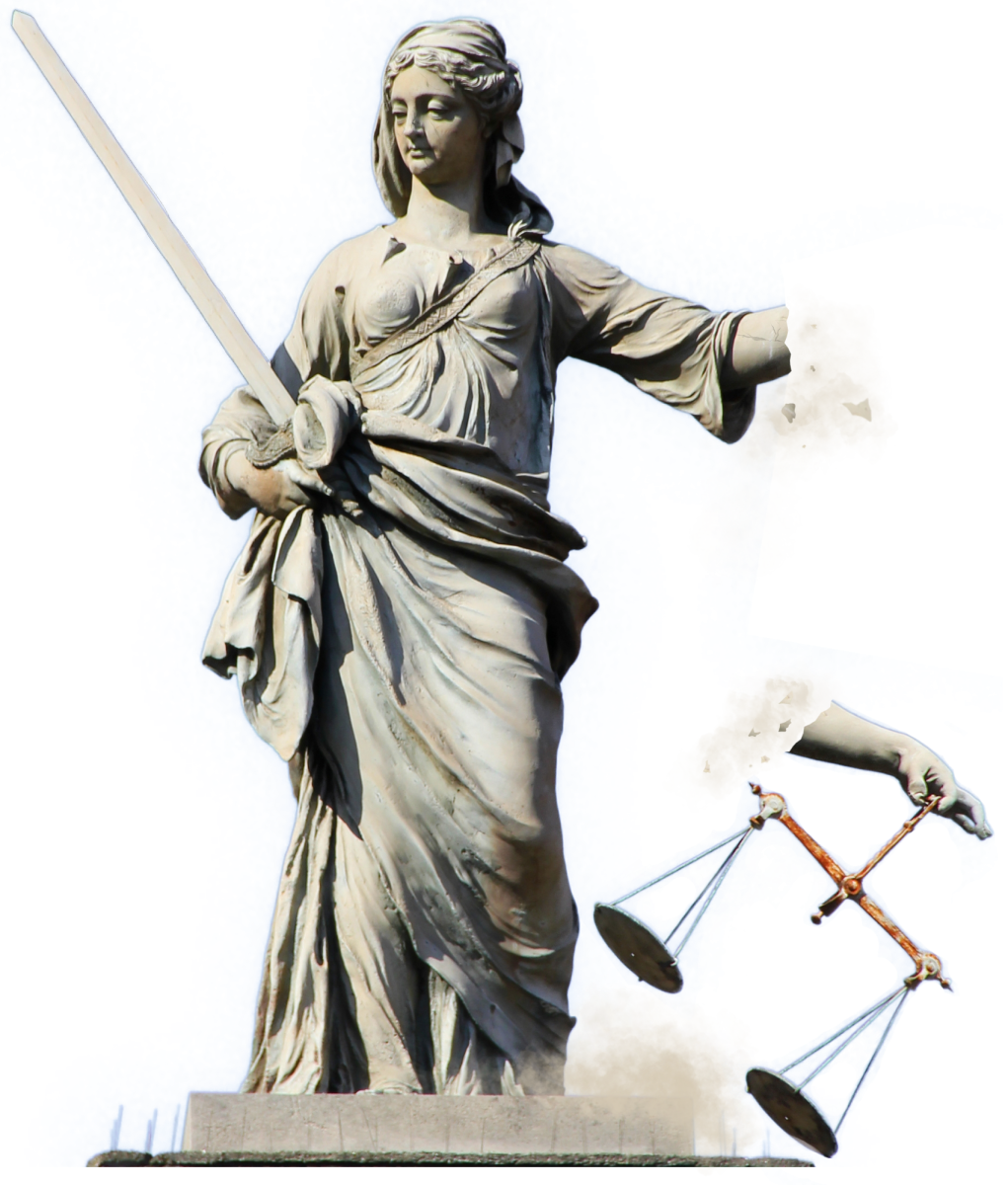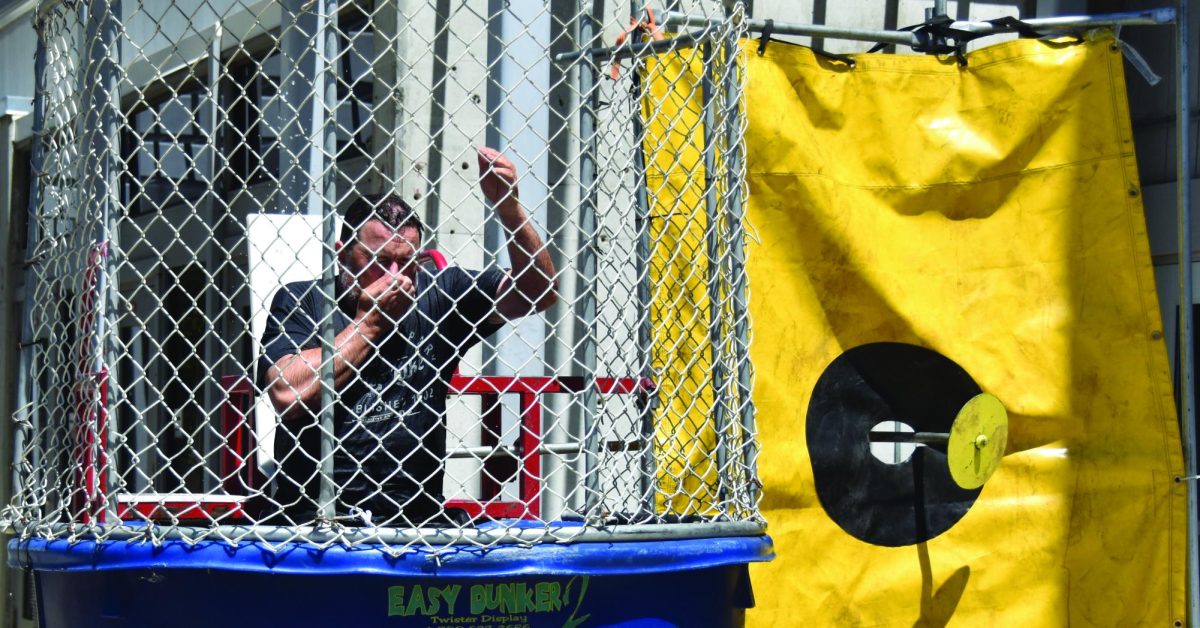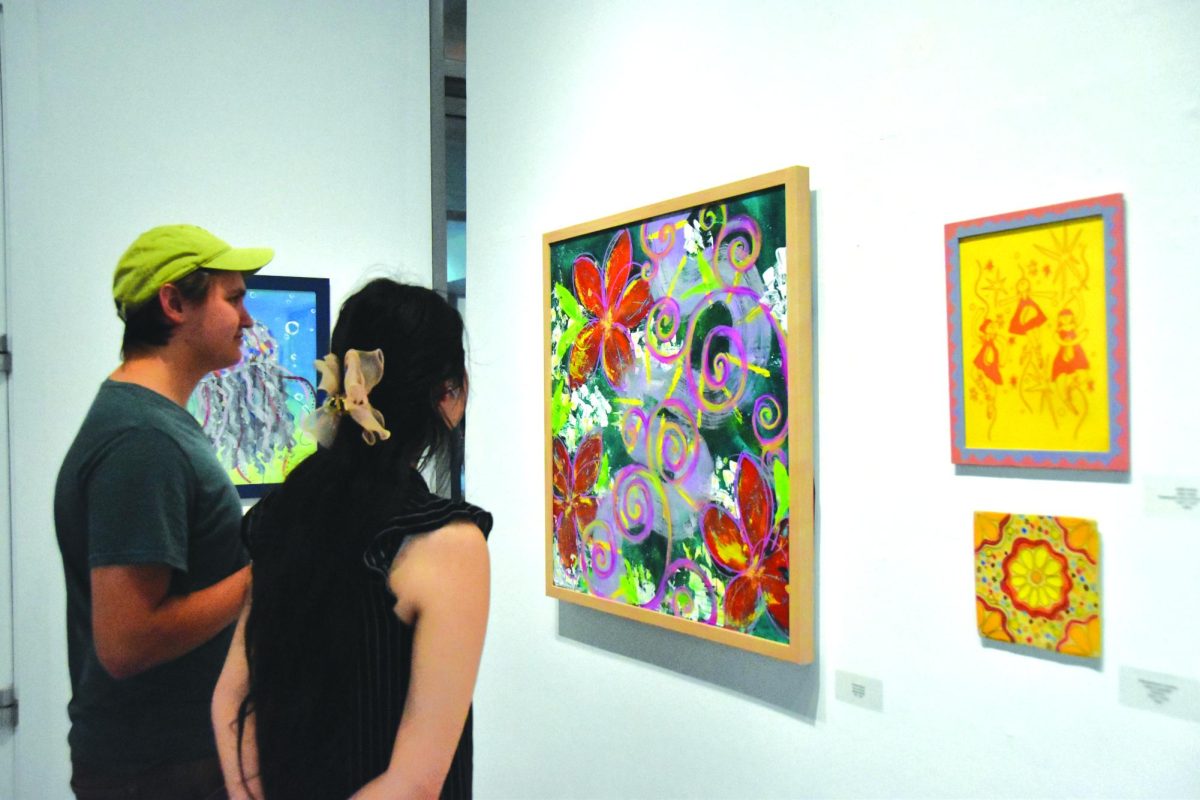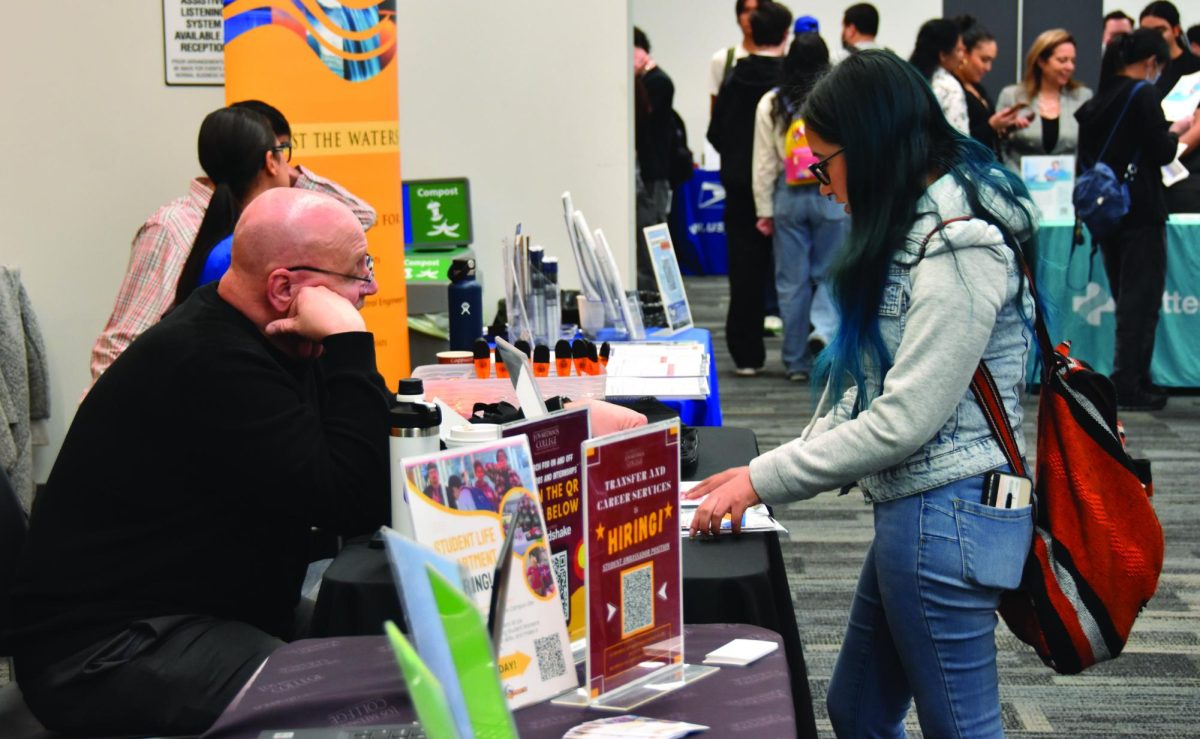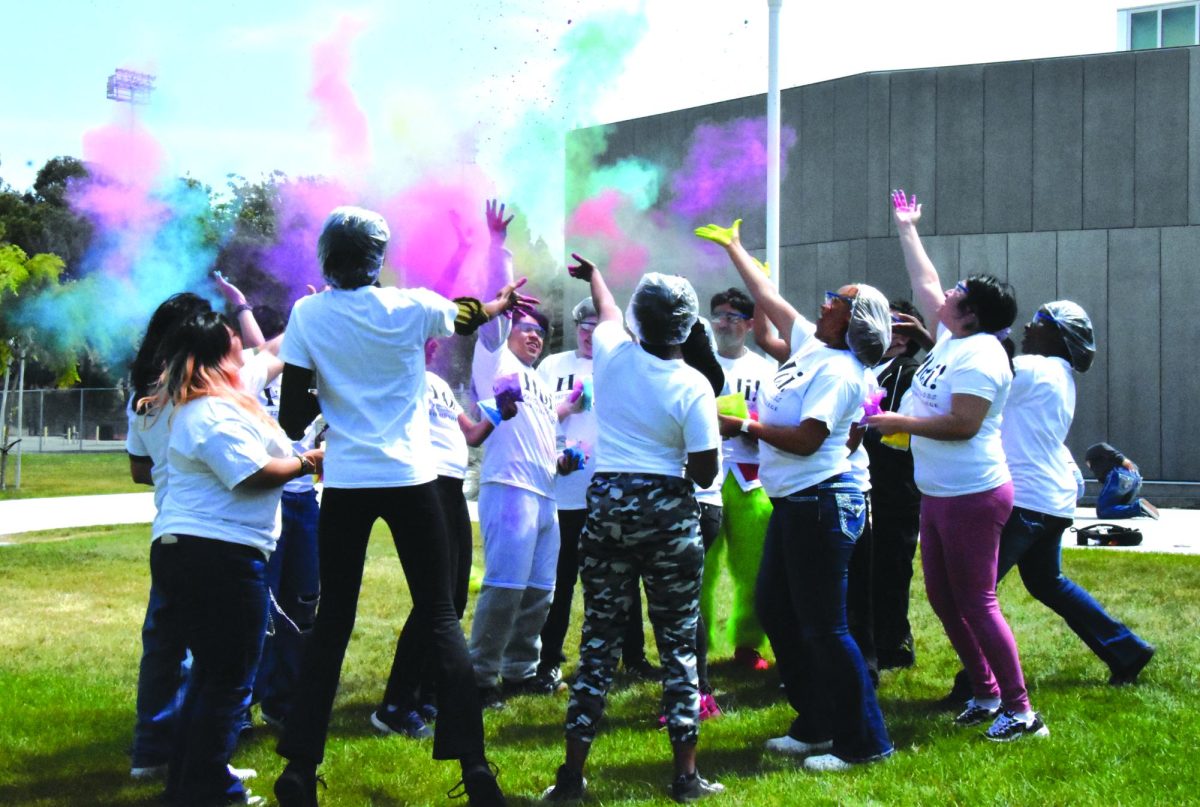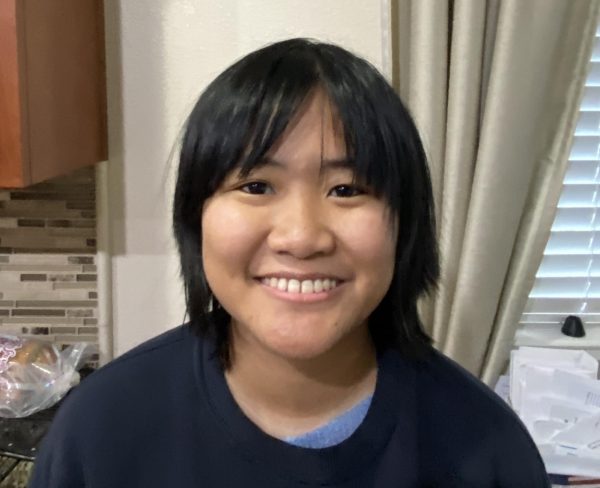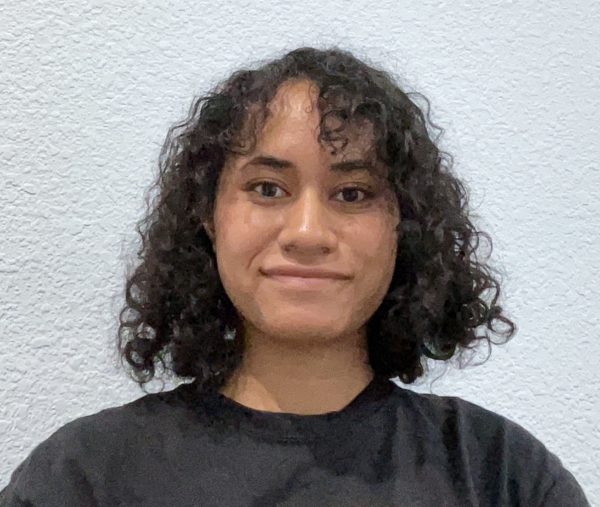Tri Delta Transit, in the midst of a project to revitalize The bus system, held a Town Hall meeting at Los Medanos College Sept 12 to collect feedback on how proposed bus route changes might impact students and other members of the college community. Robert Delgado, interim director of Student Life, coordinated the meeting held in the Library and on Zoom with three other organizational sponsors: Bridge Builders to the New Generation, Delta Veterans Group (D.V.G), and the Family Justice Center.
J.R. Wilson, the founder of DVG, attended the meeting to advocate for the concerns of veterans who use the bus system.
“My main concern would be veterans,” he said. “Disabled veterans getting to access to doctor’s appointments and to the VA outpatient clinic in Martinez and the use of dial-up.”
Delgado coordinated and set up the technological aspects of the meeting. Three weeks before the meeting, Delta Transit contacted Student Life to hold it at Los Medanos College. Delgado discussed the first week and a half of planning the meeting.
Agustin Diaz, the manager of planning and grants, came from Tri Delta Transit to connect with attendees and answer questions. Diaz said he hopes Tri Delta Transit can reach out to its riders through community meetings.
“I mean, we’re trying to establish better relationships with the community, and LMC is it’s a big thing in our community. Lots of students here, and I’m sure a lot of them use transit,” he said.
Diaz stressed that the Revitalize Tri Delta project is only in stage two of its outreach and plans to conduct more meetings.
“This is our second round of outreach for our comprehensive operational analysis. Basically, it’s a study to kind of determine what the needs are of the community and how we could better serve those needs with transit.”
Process Technology Professor Kean, however, attended to advocate for his students.
He said they need a “frequent shuttle from LMC to and from the BART station. Several of my students come from Fairfield and other places in West County. And as you know, once you hit the 242 Highway 4 area, traffic just crawls.”
Rashidi Barnes, executive director of Tri Delta Transit, and Toan Tran, the chief operating officer, attended the meeting, which highlighted two alternative bus routes. Tri Delta drafted the routes after conducting summer research, workshops, and meetings with key stakeholders and gathered operator feedback.
“We also looked at ridership levels for every route, by time of day, by day of week, and we looked at where people are traveling to and from, not just on tri Delta transit busses, but using cell phone data,” said Thomas, Wittman a senior principal from Nelson Nygaard which helped design the new routes.
Wittman presented the first alternative route, and Peter Soderberg, a senior associate from Nelson Nygaard, presented the second alternative route.
The first route increases the frequency of the buses to 15 minutes between Pittsburg, Baypoint, and Los Medanos College. They also added additional routes.
“We would also add and upgrade several different routes so that we would have three different routes that would operate every 30 minutes all day on weekdays,” said Wittman.
The first alternative proposes three additional 30-minute routes during morning and afternoon rush hours to compensate for ridership. It would also expand service from 10 to 11 p.m. One drawback with this route is that it may be a longer walk for riders to access bus stops. However, the most concerning drawback for some is that it cancels direct service to Kaiser in Antioch.
“The first proposed route discontinues service along Dallas Ranch and Prwett Ranch Road to Kaiser, which could negatively impact riders who rely on that service,” Wittman said.
For the second alternate route, Tri Delta would establish a grid network of four 30-minute frequency routes, two of which would be coordinated for 15-minute intervals. It would also create new 30-minute corridors along Lone Tree Way and Brentwood Boulevard. Tri Delta plans to expand service from 10 to 11 p.m. on most routes, even during the weekends.
This plan would provide, “ more consistent weekend service on multiple routes,” said Soderberg.
Like the first alternative, the second one requires riders to walk longer to bus stops. However, it would also cancel service to deeper parts of Pittsburg and Antioch.
“It discontinues some direct service to certain areas like downtown Pittsburg and Antioch, which could be inconvenient for riders who currently use those direct connections,” said Soderberg.
After presenting two alternate proposals, Soderberg and Whittman opened the floor for audience interaction and conducted a poll to collect the first impressions of each route. Offline attendees accessed the polls through a QR code on the presentation slides. They opened up comments from online and offline participants by asking, “What do you like or dislike the most about Alternative 1?” Participants are concerned about longer walks to bus stops, especially for those with disability and mobility challenges. They also dislike discontinuing the route to Kaiser along Dallas Ranch and Prewett Road. One online participant is worried about their commute to work.
“380 changes along Lone Tree would modify my work route completely, which might not work in my favor,” the participant commented.
Wittman was interested in the comment but suggested that the attendees provide more context through feedback outside of the meeting.
“Fill out the survey, and let your friends know if they have similar issues, as well as people at your workplace that have similar issues with this.” Wittman said, “The more people we hear about whether something’s a good change or a bad change, the more we can tailor this so it meets all our needs.”
Most participants favored the first alternate route to the second; however, some noted the similarities between bus routes, however, one of the online participant highlighted an advantage with Alternative 2.
“What I like is these routes are pretty much the same and that the bus routes will be providing service in areas in Antioch that were never served before.” The participant added.
Wittman noted the comment and explained their efforts to expand bus services to underserved locations in Antioch.
“What we do is have a rail spine barge through half of the service area, and so looking at tying some of the connections to that is super important,” said Wittman.
The team wants to leverage the BART rail spine–the newest service area that requires a train change in Pittsburg—to connect the bus routes to locations in Antioch.
After gathering interactive feedback, the presenters moved into a Q&A session. During which attendees raised valid concerns.
“Considering funding levels, BART is the gorilla in the room. It seems to suck up a lot of the Bay Area’s public transit funding. How does this impact funding to Tri Delta transit?” a participant asked online.
Tri Delta Transit COO Toan explained how profits from BART fund the transit system.
“It’s a great question. BART is the biggest operator in the Bay Area, so it makes sense that they have the largest budget. One of Tri Delta’s transit funding sources comes from BART. So if they’re faced with the budget cut, our funding will be jeopardized. Hopefully, they come up with a solution for their fiscal cliff,” Toan said.
There are still plenty of opportunities to voice approval or concerns over the proposed bus routes. People can provide feedback by taking the Revitalize Tri Delta Website survey. You can also find information about the proposed new routes on the same website. The developers will work on the project until April 2025 and present their final draft of the new bus routes from May to July 2025.

